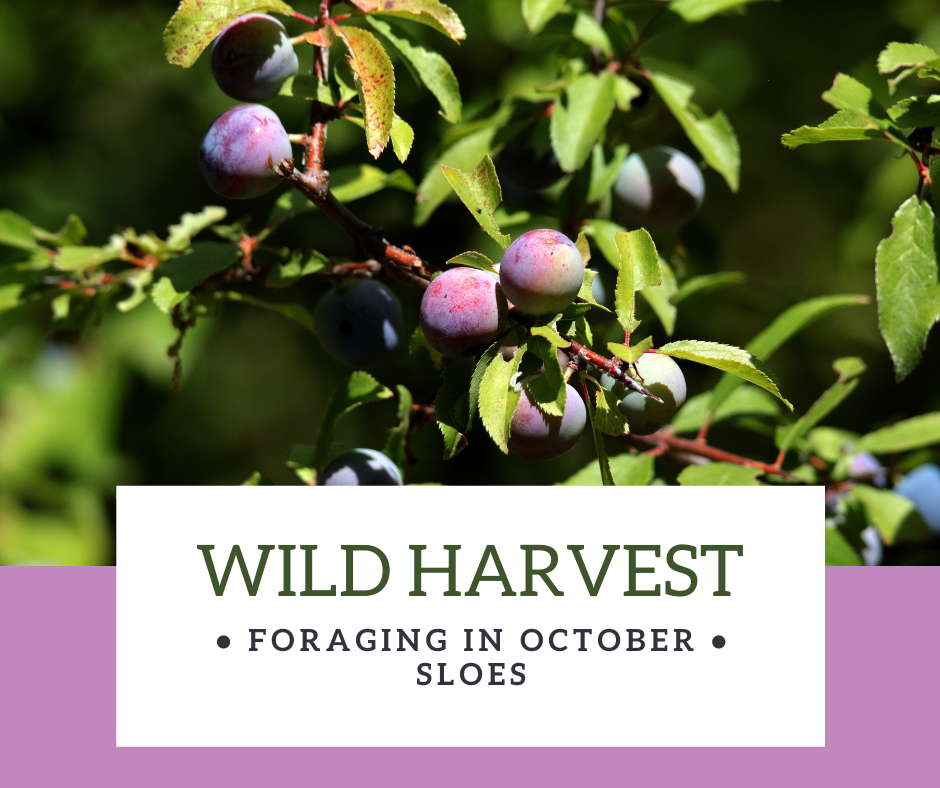
Prunus spinosa, commonly called blackthorn or sloe, is a member of the rose family, native to Europe, western Asia, and in parts of northwest Africa.
The number of sloes you will find on a blackthorn bush in the autumn is linked to the weather during the spring and summer. Too dry and the sloes will be small and shrivelled. Too wet and cold and they will not develop at all. A good crop of plump, well-ripened sloes needs the perfect balance of warmth and water.
The fruit is often made into sloe wine or gin, and are also used to make jam and jelly. Earlier in the year, the flowers can be sugared to make edible cake decorations and the leaves can be made into a tea.
The berries are high in vitamins C and E and antioxidants. Traditionally, the berries have been used to treat diarrhoea, while the flowers have been used as a laxative. Sloes were also used as remedies for coughs and colds because of their astringency.
For the best flavour when making jams and jellies, wait until the berries are ripe. They should be a rich dark purple and should squash easily between your fingertips.
You will find blackthorn growing in hedgerows, look for a (VERY) spiny, shrubby tree with black-purple twigs and small, narrow leaves.
When foraging, please remember these simple guidelines.
- Always be sure you are sure of the plant before you pick it and never eat any plant you are unsure of.
- Leave plenty behind for wildlife. The berries are favourites of pheasants and blackbirds
- Make sure you have permission to pick and that the bushes are not part of someones garden!
- Only pick where plants are plentiful

